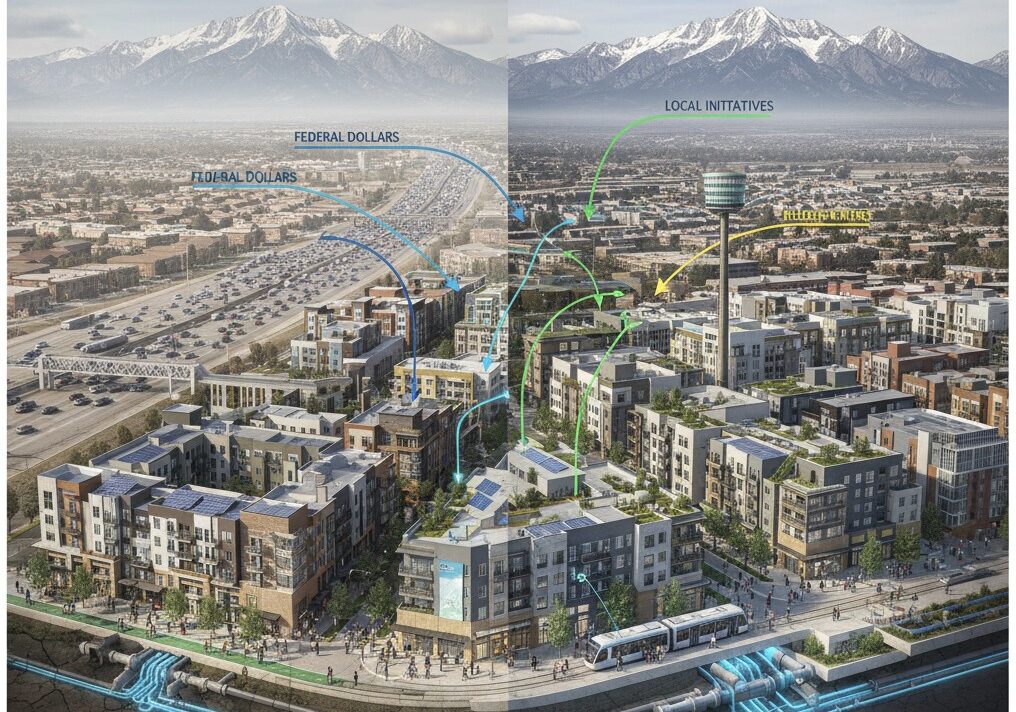California, the world’s fifth-largest economy, is a land of both immense opportunity and formidable challenge for real estate developers. Fueled by a vibrant tech sector, diverse demographics, and relentless demand for housing, the Golden State’s development landscape is constantly evolving. Yet, a severe housing shortage, complex regulatory environment, and high costs of construction ensure that building here is a task for only the most strategic and resilient. Understanding the dynamics of California real estate development is key to navigating its lucrative, yet demanding, market.
The Imperative: Addressing the Housing Shortage
The single most dominant driver—and bottleneck—in California development is the state’s chronic undersupply of housing. Years of slow production have resulted in sky-high housing costs, making California home to some of the nation’s most expensive markets, particularly in urban centers like Los Angeles, San Francisco, and San Diego. This crisis has spurred state-level legislative action, making the push for density and affordability the central theme of modern development.
Key Trends Shaping Development
Several powerful trends are dictating where and how new projects are being built:
- Mixed-Use and Infill Development: As land scarcity in urban areas increases, developers are increasingly turning to mixed-use projects. These integrated communities combine residential units, commercial spaces, and retail storefronts in a single footprint, fostering walkable neighborhoods and maximizing land utilization. This strategy not only addresses housing needs but also creates the lifestyle amenities that modern buyers and renters demand.
- Adaptive Reuse: With the shift to remote and hybrid work impacting traditional office spaces, the conversion of underutilized commercial buildings into residential units—known as adaptive reuse—is becoming a vital strategy. While legally complex, state efforts are attempting to streamline this process to rapidly increase housing supply.
- Accessory Dwelling Units (ADUs): Legislative changes have dramatically simplified the process for homeowners to build ADUs (or “granny flats”), creating a decentralized, flexible, and relatively quick path to adding affordable housing density.
- Sustainability and Green Building: California is a leader in environmental regulation. New projects face stringent mandates for energy efficiency, water conservation, and sustainability. Developers must now integrate features like net-zero energy solutions and sustainable materials, pushing the industry toward a greener future.
Navigating the Challenges: The “Cost of Entry”
While the opportunities are vast, the hurdles in California real estate development are equally significant. The high “cost of entry” can deter all but the most experienced players:
- Entitlement and Permitting Complexity: The process of obtaining local government approvals, known as entitlement, is famously lengthy and unpredictable in California. Navigating local zoning restrictions, environmental reviews (like the California Environmental Quality Act, or CEQA), and securing construction permits can add years and significant costs to a project timeline.
- High Land and Construction Costs: California’s desirable locations translate to extremely high land acquisition costs. This, combined with elevated labor rates, rising material prices, and a persistent skilled labor shortage, makes construction one of the most expensive in the nation.
- Financing and Capital: While the market potential attracts significant investment, development financing is crucial. Developers rely on a mix of commercial bank construction loans, private equity, and, for affordable housing, state and federal programs like those offered through the California Housing Finance Agency (CalHFA) and various tax credits.
The Road Ahead: Opportunities and Innovation
Despite the challenges, the outlook for strategic real estate development in California remains positive due to its strong economic fundamentals and persistent demand. The state’s commitment to tackling the housing crisis is slowly translating into legislative changes, such as SB 35, which fast-tracks qualifying developments that include a minimum level of affordable housing.
Developers who embrace innovation—from modular and prefabricated construction techniques that reduce costs and timelines, to sophisticated data analysis for site selection—are best positioned for success. The future of California real estate development lies in its ability to reconcile intense market demand with the need for responsible, sustainable, and rapid construction. For those who can master the regulatory maze and manage costs, the reward is not just financial success, but the chance to build the next generation of the Golden State.
Navigating the 2025 Market Outlook
Looking ahead, the market is poised for growth, though affordability remains a major concern. Forecasts suggest a modest but encouraging uptick in real estate activity:
- Moderating Mortgage Rates: A projected decline in the average 30-year fixed mortgage rate is expected to alleviate the current “lock-in effect,” where homeowners are reluctant to sell their low-rate properties. This should lead to a modest increase in inventory.
- Price Appreciation: Median home prices are anticipated to continue their upward trajectory, driven by the ongoing imbalance between supply and demand.
- Demand for Density: Due to high costs, multi-family construction, including apartments and condominiums, will likely remain the most active development sector, particularly in growing, second-tier metropolitan areas like Riverside and Sacramento, which offer relative affordability compared to the major coastal hubs.
For developers in California, success hinges on a sophisticated understanding of these challenges and trends. It requires not just building structures, but building consensus—working with local authorities, community groups, and financial partners—to create housing and infrastructure that meets the immense demands of the state’s ever-growing population. Real estate development in California is an intricate process, but it is one that ultimately builds the future of the Golden State.
#CaliforniaRealEstate #MixedUseDevelopment #AdaptiveReuse #SustainableDevelopment #CRE #BuildingTheFutureCA #ADUs #RealEstateDevelopers #CEQA





